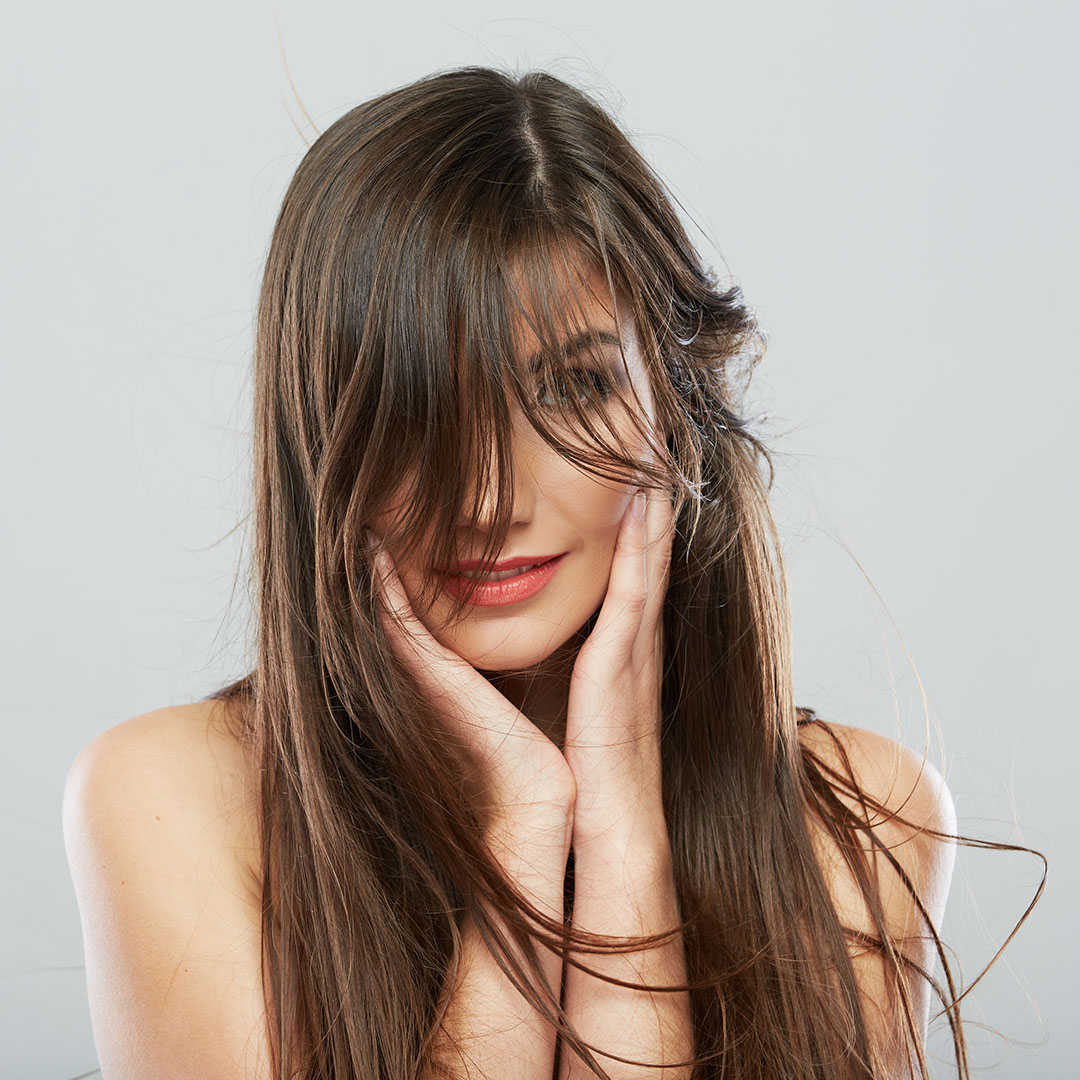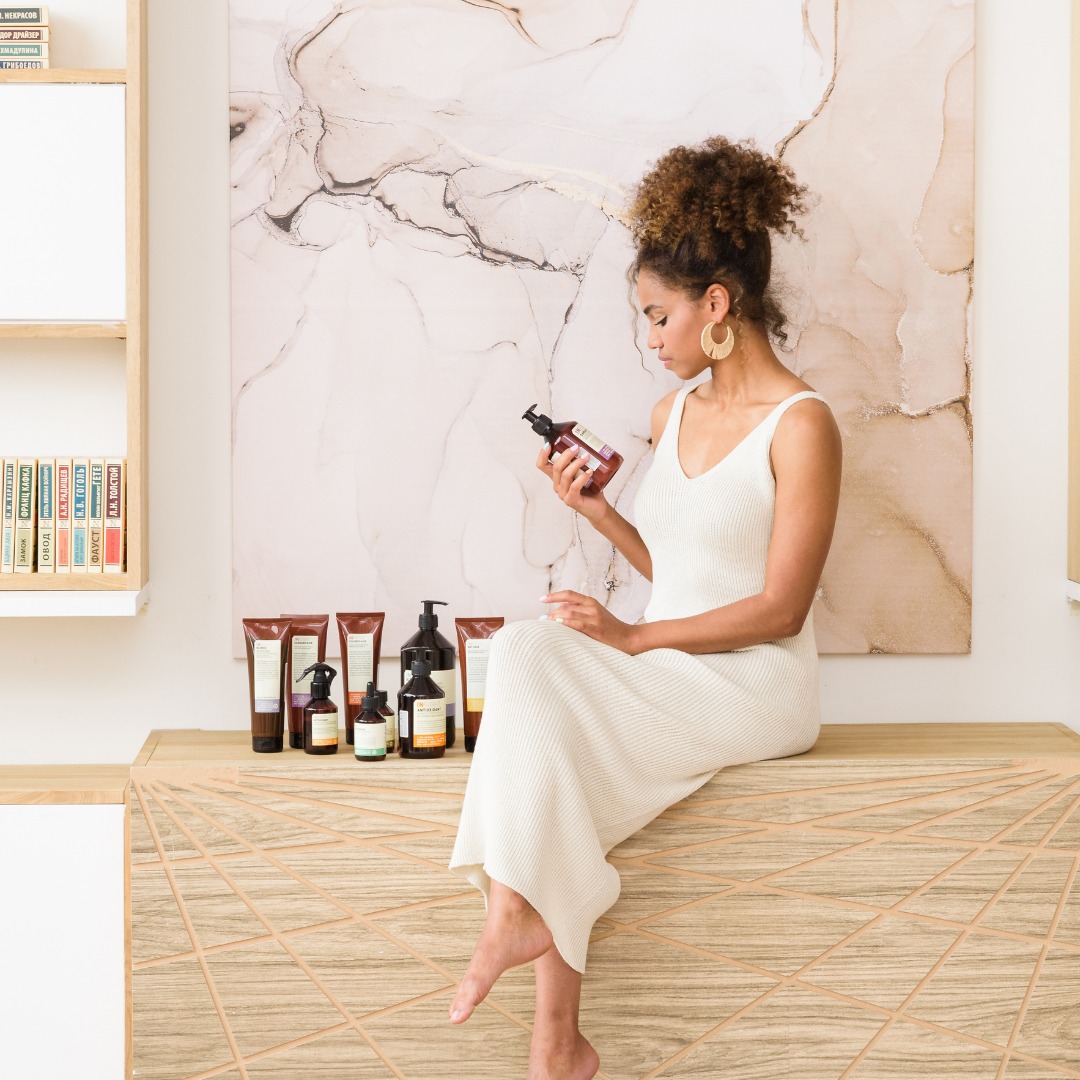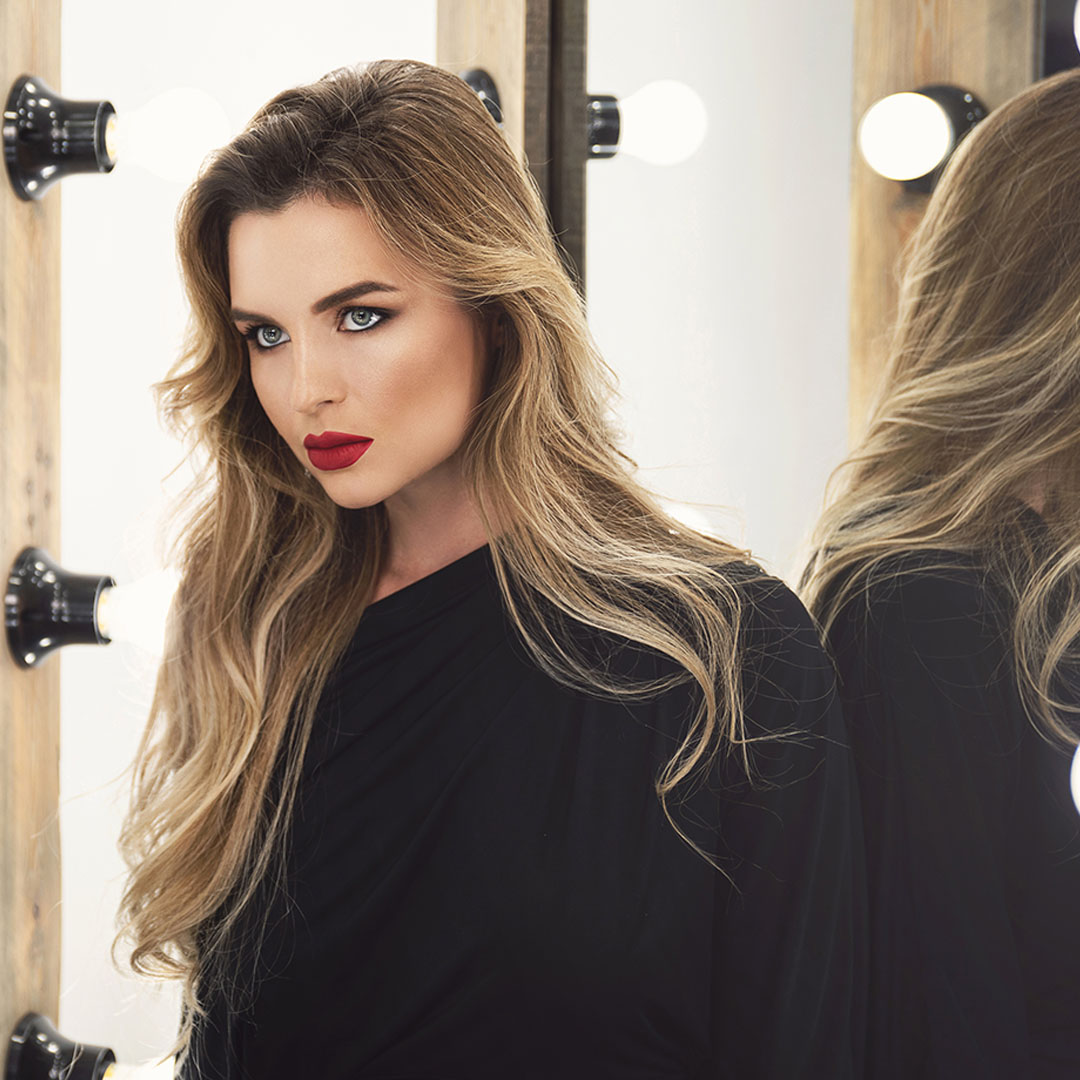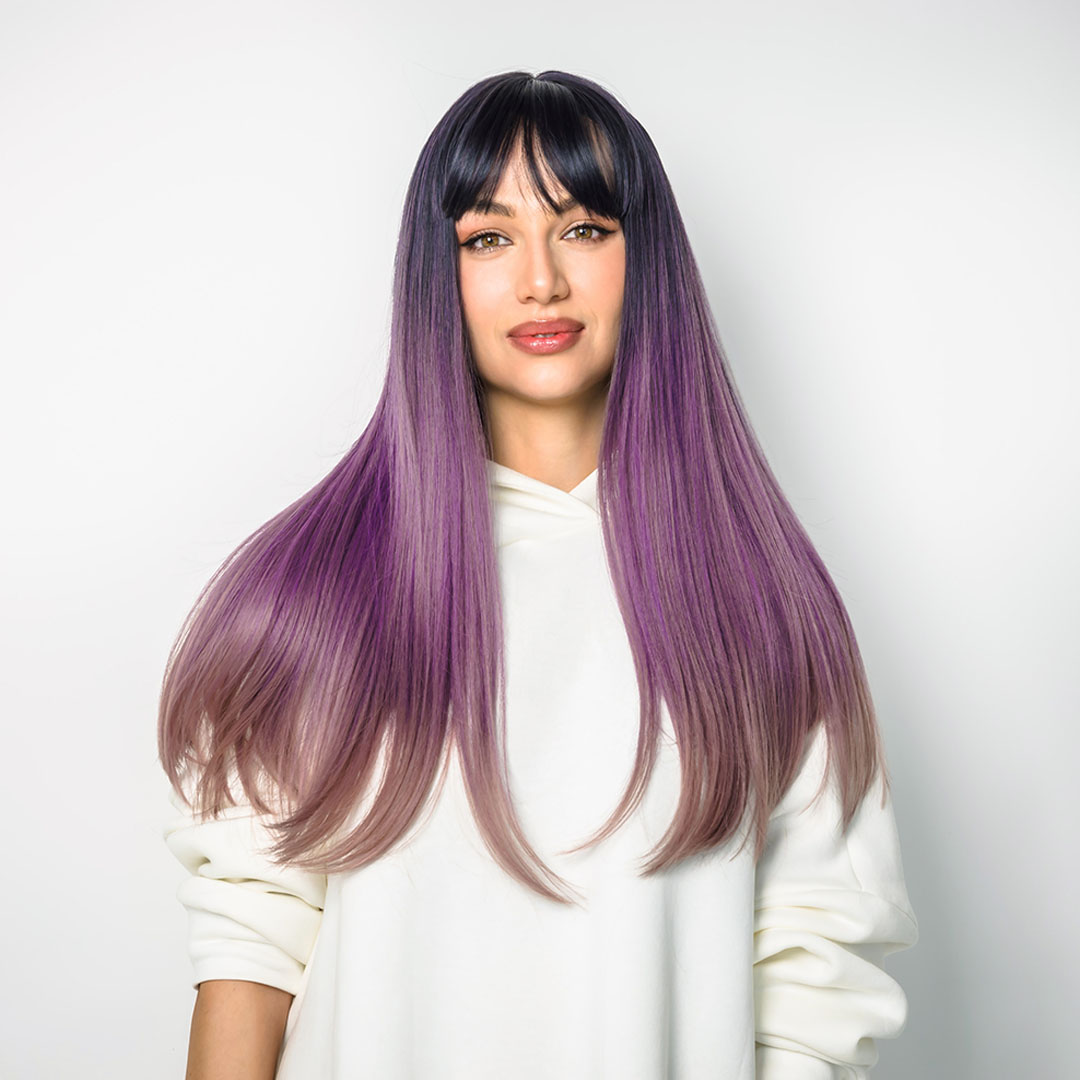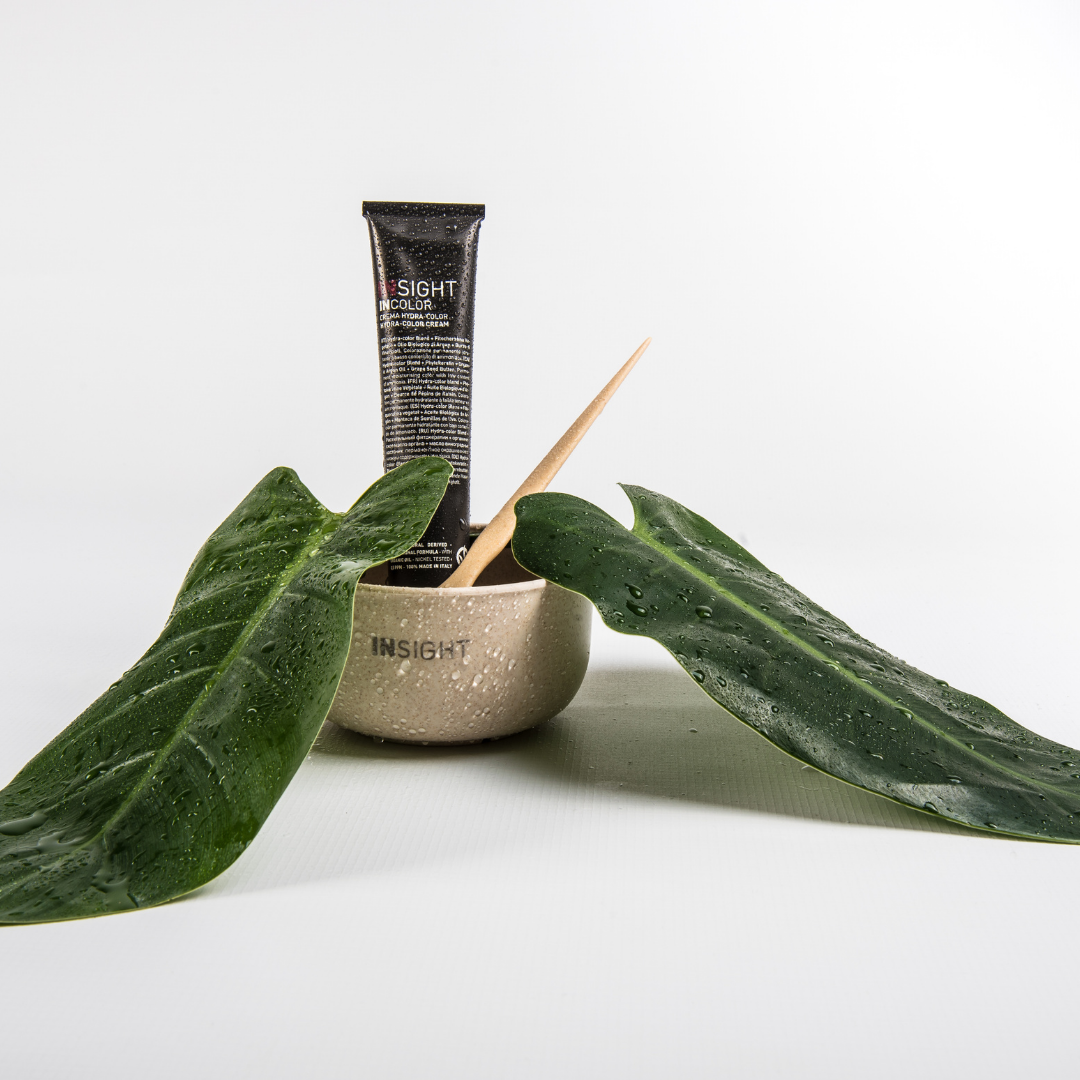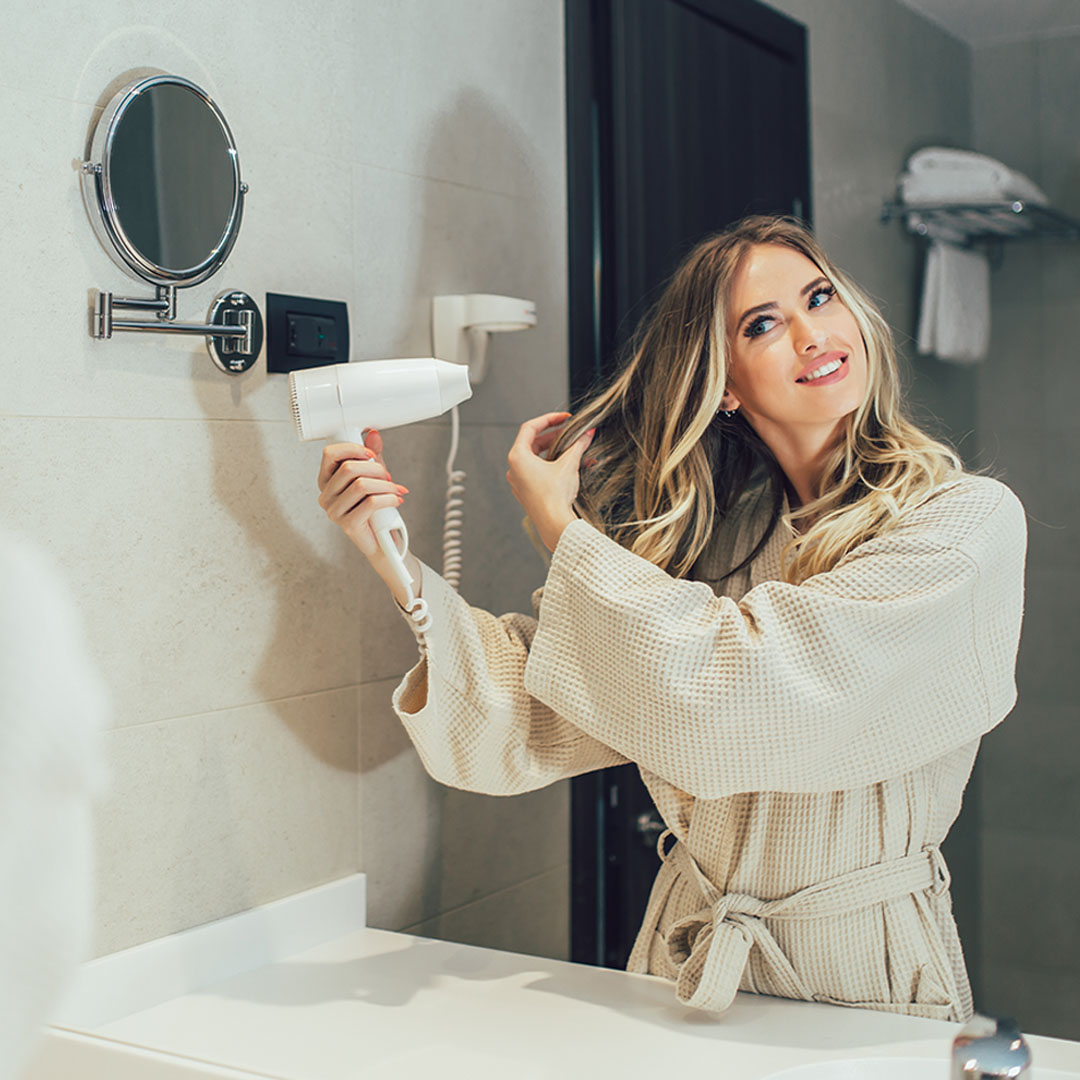Do you know your hair?
Let’s discover together the structure of the hair and its composition, we will see how under the microscope they are very different than with the naked eye.
Whether long or short, we have always attached enormous importance to our hair, considering it an integral part of our style and our concept of beauty. Over the centuries, fashions and tastes have evolved, and colors and trendy hairstyles have changed from time to time, but hair has always remained at the center of our attention. There are many reasons why hair represents a feature of great importance in any culture and are to be found in psychology and anthropology. Today we are not going to fathom the mystery of this fascination of ours, but another “mystery”, so to speak, which can be unraveled by science: what is hair really made of?
Let’s start by saying that hair is an inert material, this means that it is a non-living skin annex, therefore unable to repair itself and not equipped with its own vital functions. The root of the hair is the living part, it is there that all the functions that lead to the formation of the hair take place, but the shaft is not.
How is the hair made?
The hair structure is concentric: let’s imagine it as a tiny tree trunk. By cutting it lengthwise, we will discover three sections one inside the other. We’ll see what they are shortly.
We can divide it by its length into two parts, the root and the stem . The root is the active part of the hair, the one we do not see because it is inserted into the hair follicle on the skin. The terminal part of the root is called the bulb.
The visible part of the hair, the one we can touch and comb, is called the shaft, or even the stem. The structure of the stem seen under a microscope is composed of three concentric layers:
- an external part called the cuticle, made up of keratin flakes superimposed in layers
- the area under the cuticle is called the cortex or cortical area, and is the one that gives the hair its color, which will be more or less dark depending on how much melanin is contained within it
- the innermost area, called medulla, whose function is still unclear and is not even present in all hair.
Keratin, the substance of the hair
The hair is composed almost entirely of keratin. It is a high molecular weight protein, which makes it very resistant. Contrary to popular belief, thin hair has thicker outer cuticles than thicker hair. What makes them thinner is the fact that they have a finer bark. The cortex is the most important part of the shaft, it is composed of fusiform cells, which give the hair an elongated shape, rich in keratin and melanin grains, which is the pigment on which the hair color depends. To hold everything together, there is a matrix made up of lipids and proteins.
Melanin, which, as we have said, attributes color to the hair, is produced by melanocytes found inside the hair root, and can be of three types: eumelanin, which produces a brown/black color, pheomelanin, which produces a yellow/red color, trichosiderin, typical of red hair. Their combination gives rise from time to time to infinite shades of color.
What about white hair? It is due to the arrest of the functioning of the melanocytes inside the bulb, which thus stop producing pigment and the bark of the hair remains colorless
How does hair grow?
Hair doesn’t grow continuously, as you might think, but it goes on a cycle. The period of growth, called anagen, is followed by a slowing down period, catagen, which is then followed by the phase of death and fall of the hair, called telogen. After the telogen, a new hair begins to form inside the bulb. Each hair on our head is in a different phase of its life cycle than the neighboring hair: if this were not the case we would periodically see the appearance of empty patches or the simultaneous fall and regrowth of all hair.
Finally, a few numbers
A single hair is made up of 100,000 / 150,000 hairs on average. We physiologically lose 50 to 100 hairs every day.
On average the hair growth rate is about 18cm per year, so if you are fondling the idea of cutting the much-desired bangs, or giving in to a nice pixie cut, you can now calculate the time it takes for your hair to return exactly to its current length.
Great Hair Results with Natural products
Healthy hair using Natural products for hair are kind of like facials for your hair. Sure, our regular hair care products are helping to keep our hair cleansed, protected and in good health just like our skincare products, but both hair and skin can do with a replenishing boost at regular intervals. Aside from what we do to our hair in terms of chemical processing and heated styling, other factors such as environmental conditions, diet, health, stress and hydration all take a toll on the health of our hair. When you decide it is time to indulge your hair in a luxurious treatment, you will find many beautiful treatment products available at LF Hair & Beauty to give your hair the pampering it needs and deserves!

